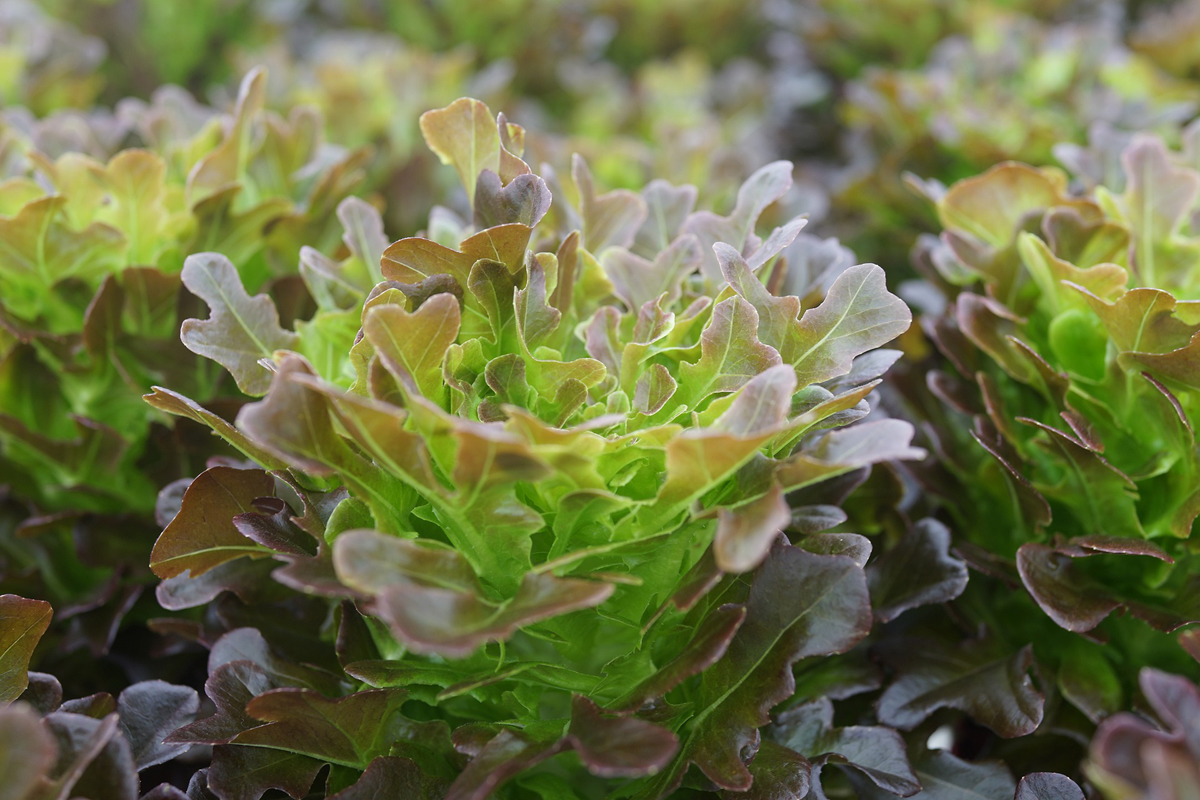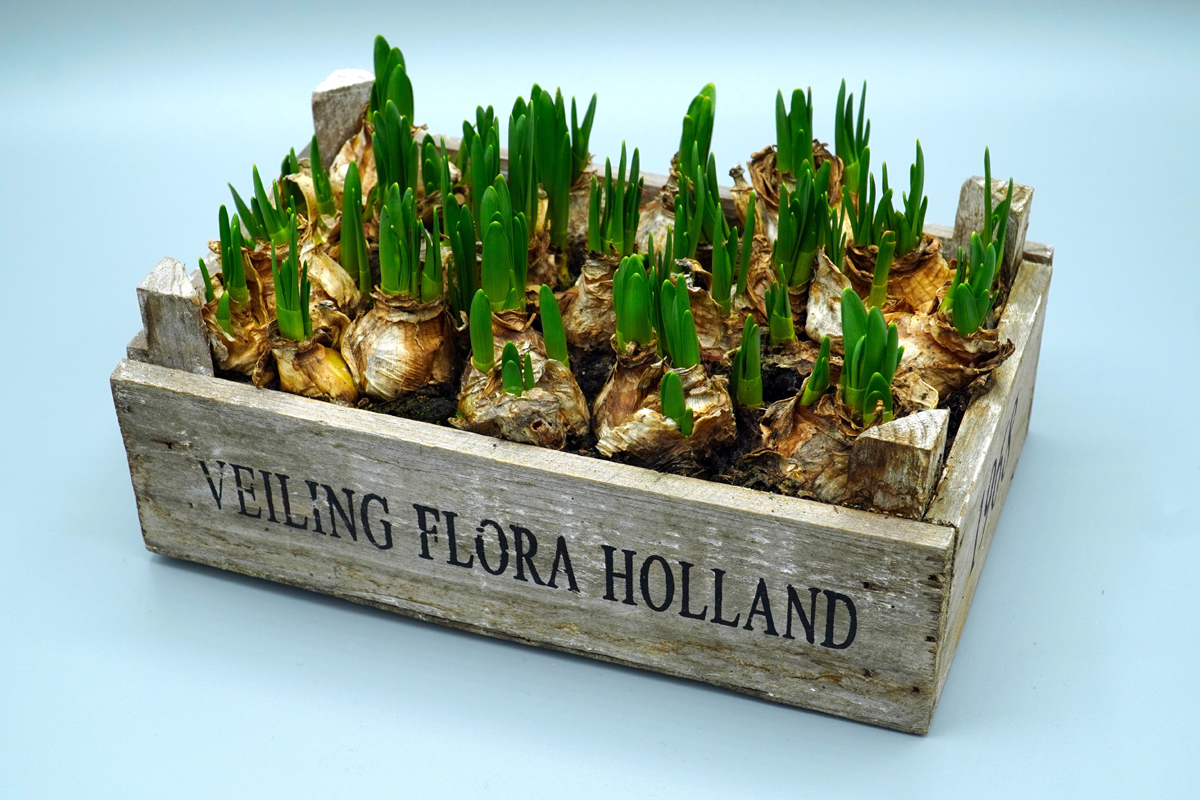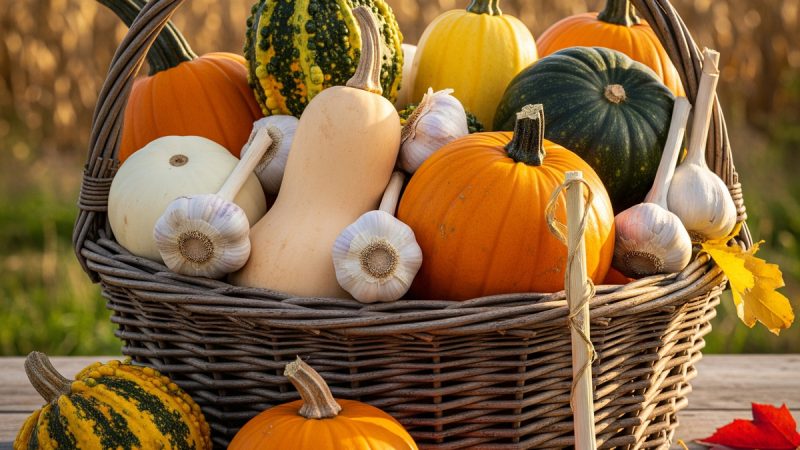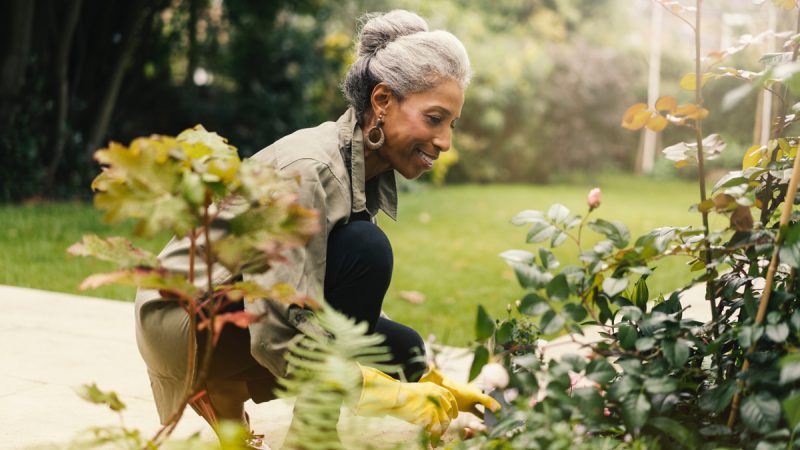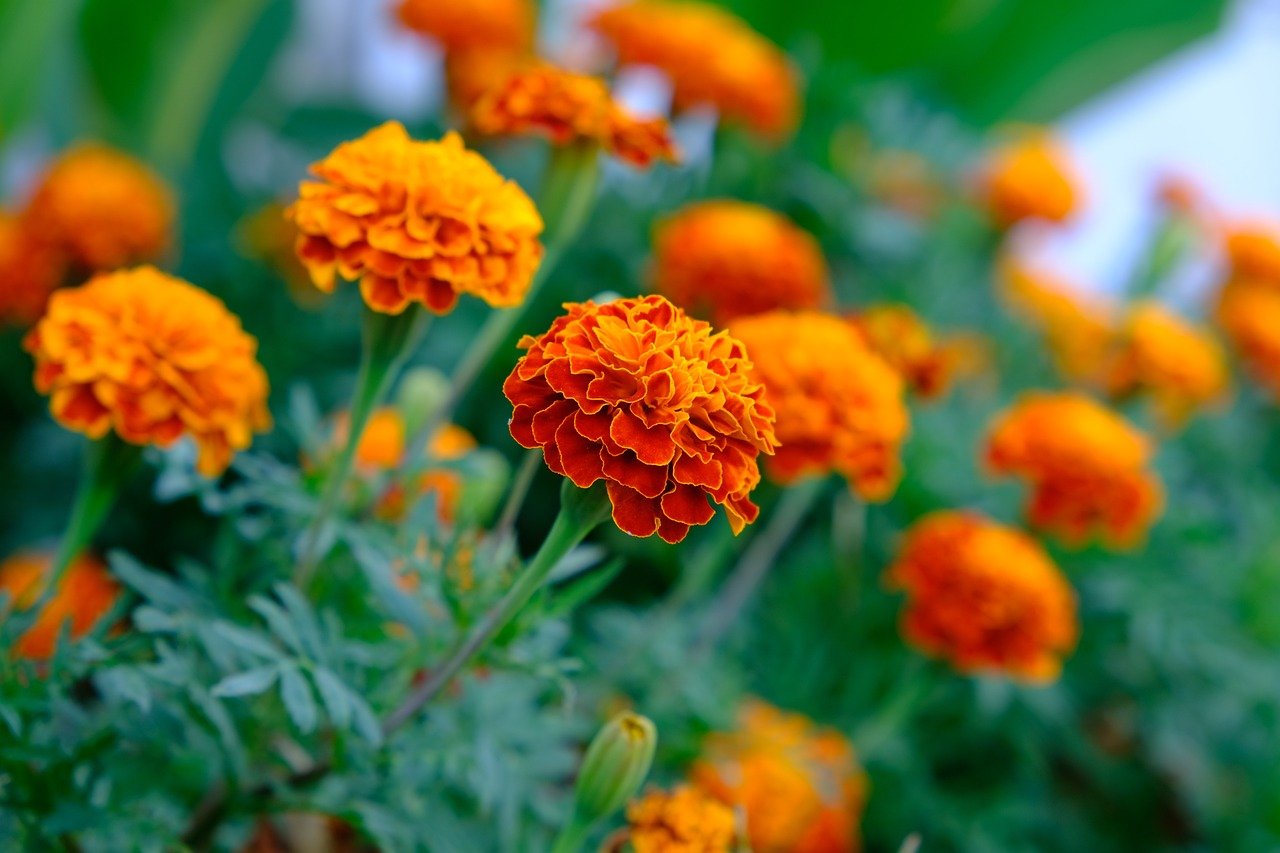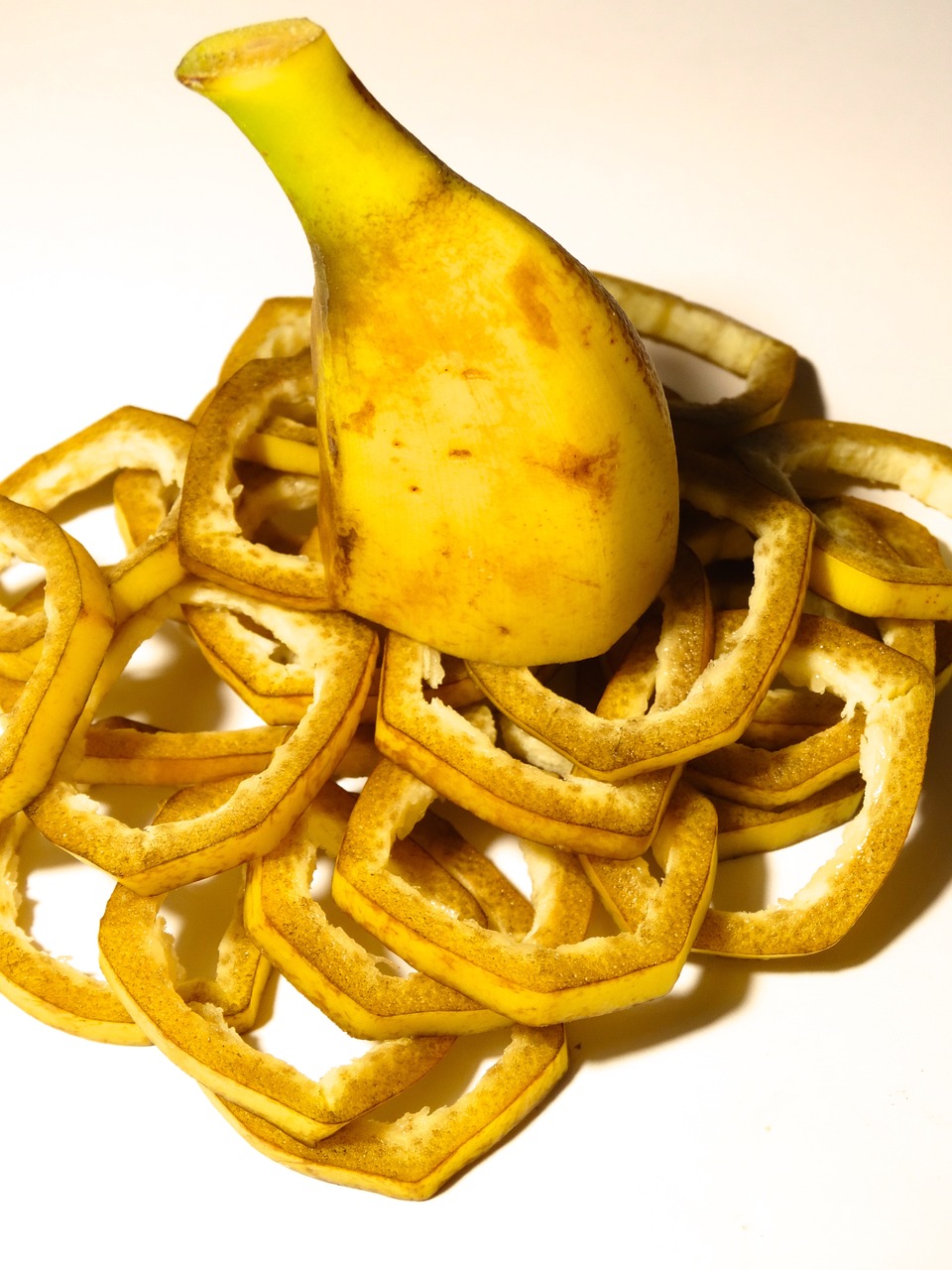How to Save Your Garden Seeds
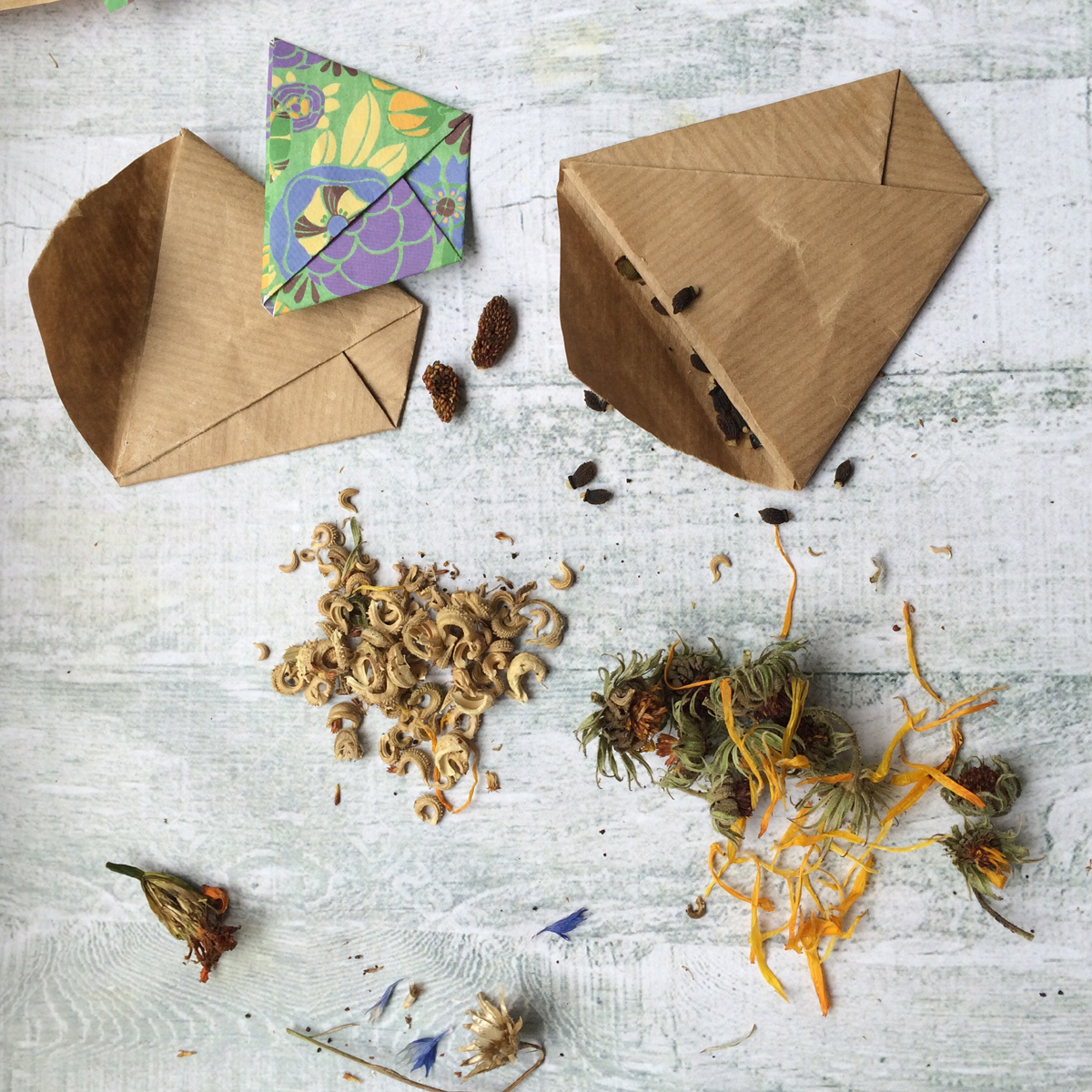
Most serious gardeners save seeds. It’s easy, it’s practical, and it will save you some money. Here are a few seed-saving tips:
Packaged Seeds
Packaged seeds should be saved in their original packages. Simply fold the top or use a little bit of tape to secure the seeds in the packet. If the outer seed packet included an inner foil packet, store any leftover seeds in the foil packet.
Some seeds are considerably more sensitive to moisture in the air … so, if the seed company took the time to wrap them in foil packets, you should, too.
The best place to store your seed packets is in a large jar or coffee can in the refrigerator. Keep them cool and dry, and most will last many seasons. Remember that seeds are food, and improper storage will invite all kinds of pests to your basement or pantry.
Home Harvested Seeds
You can harvest and save the seeds from open-pollinated cultivars; but, you can’t save the seeds from hybrids. (Well, you can save the seeds from hybrids, but the seeds won’t produce the same hybrid plant from which they came … you’ll usually get one of the parent varieties used to make the hybrid.)
Seeds harvested from open-pollinated varieties of flowers and vegetables can be harvested when the fruits or flowers are mature, or even beyond maturity. Seeds should be relatively dry and free from as much plant “litter” as possible. You can rinse tomato and pepper seeds in a colander and dry them for a day or two on paper towels or cookie sheets. Seeds from beans and most flowers don’t need much special treatment before packaging them.
Package your seeds in paper envelopes, being careful to label the envelopes to identify the contents as well as the year of harvest.
Flowers that readily self-seed as annuals, such as plume celosia, are ideal candidates for seed saving. Simply shake the dried flower heads in a large envelope or can and you’ll collect hundreds, if not thousands, of seeds that can be used in your gardens or shared with friends.
As with commercially packaged seeds, home packaged seeds should be stored in a cool, dry place that is free from insects or rodents. A coffee can in the refrigerator is ideal.
Checking Germination
You cannot determine if a seed will germinate by looking at it. There are two ways for home gardeners to check the germination of their seeds. (Germination means that they’ll sprout and grow; the germination percentage is simply the percentage that are viable.)
- Simply place one or two seeds in each cell of a six pack starter cell pack, and see how many seeds germinate. Or,
- Place 10 to 20 seeds between two or more moist paper towels, and see how many germinate. The paper towel method is used by virtually all seed laboratories; but, care must be taken to keep the towels moist and warm. You can use a large plastic bag or cellophane to help keep the towels moist.
Check germination several weeks prior to the time that you’ll need to start your seeds so that you can replace any seed cultivars that have very low or zero germination.
Breeding by Selection – Ultimate Seed Saving
Some people save seeds in the quest to isolate new cultivars. By saving seeds from a flower or fruit that has a specific characteristic (a nearly white marigold or a particularly big pumpkin) you may be able to produce your own seed crop that reproduces flowers or vegetables with the desired trait. This is the breeding technique known as “selection.” The first (nearly) white marigold was produced by a home gardener who saved seeds from the most pale yellow marigolds in her gardens over several generations … constantly striving for the palest yellow … that was nearly white.
→ Sowing Seeds and Transplant Seedling of Vegetables
The Author:
Writer for Mantis and Mantis Owners

